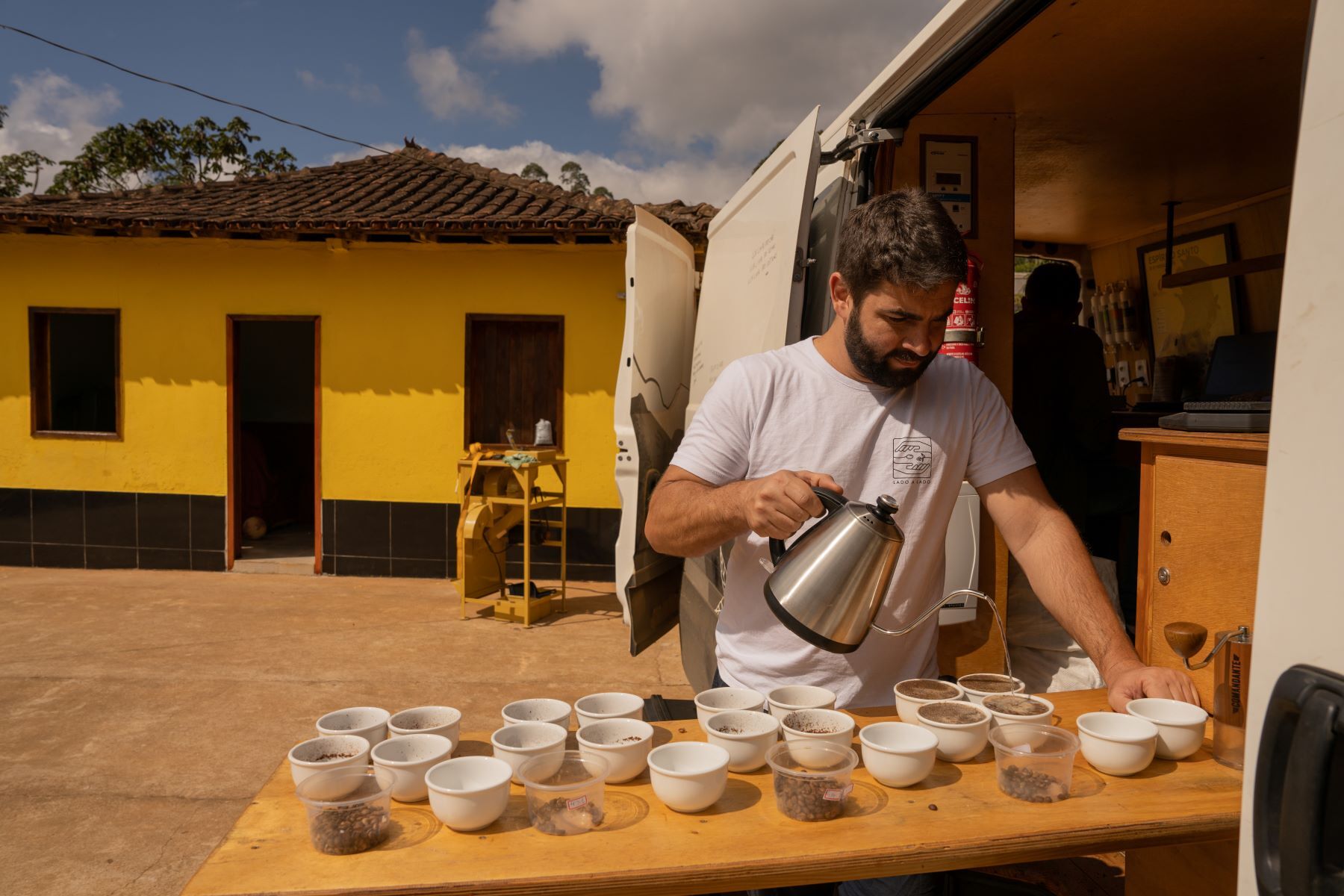
Interview with Rafael Marques from FAF Coffees, leader of the Lado a Lado project
Rafael Marques has been working for FAF since 2017. He is responsible for sourcing in the Espírito Santo region. The region has long had a bad reputation when it comes to speciality coffee, but thanks to the work he does every day alongside producers with the Lado a Lado project, things are changing, and so is the quality of the coffee. We interviewed him to find out more about his work.
Hello Rafael, what's your history with coffee?
I've been working for FAF since 2017, but my history with coffee began much earlier. I'm the son and grandson of coffee growers. I discovered coffee with my grandfather, in the community of Sauã, which belongs to the town of Castelo. He had a small farm where he produced Conilon, a variety of Coffea Canephora.
I learnt about Arabica coffee when I moved to Venda Nova, where my father-in-law lived. He had a farm with around 300,000 coffee trees, where I grew up and learned a lot.
In the mid-2000s, I started working as a volunteer for a small association that wanted to develop speciality coffee production in our region. I stayed for 12 years, first as quality manager and then as sales manager. In 2010, I qualified as a Q-grader.
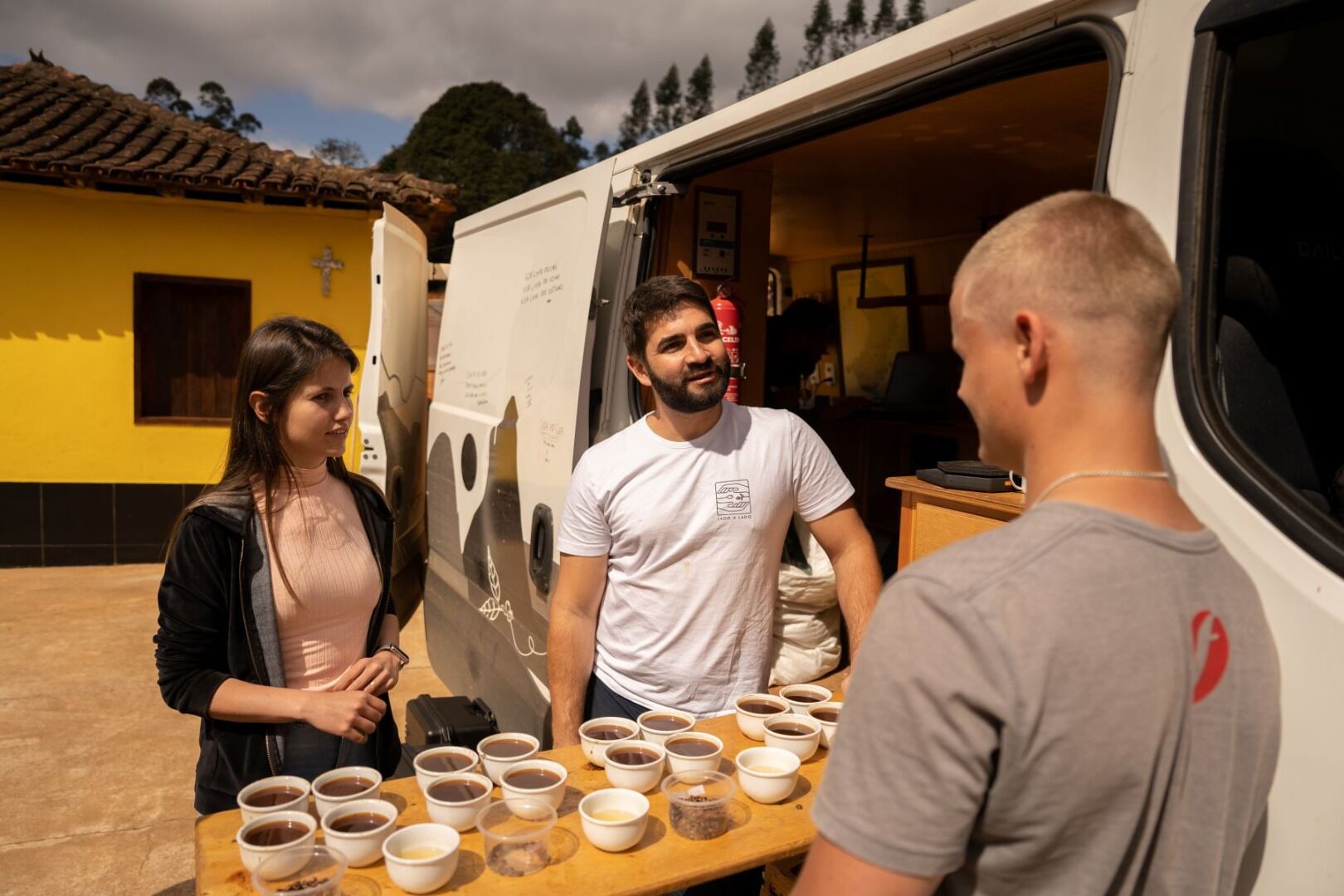
What do you do today for FAF, Fazenda Ambiental Fortaleza?
I'm the Regional Sourcing Manager for the Espírito Santo region and the Zona da Mata de Minas, where we operate in several communities, including Alto Caparaó.
I focus on sourcing and relations with producers, to bring them all FAF's know-how on sustainability, varieties adapted to our terroirs, harvesting and post-harvest techniques and drying. The aim is to produce better quality coffee, and to enable producers to have a better standard of living.
What role does Espírito Santo play in Brazilian coffee production?
Espírito Santo is a state in south-east Brazil whose mountains, which produce both Arabica and Conilon coffee, are very close to the sea and receive a lot of moisture from the Atlantic Ocean.
These characteristics, combined with the difficulty of drying, meant that until the late 1990s and early 2000s, the state of Espirito Santo was known for producing very low quality coffee.
As you know, Brazil is known for its large areas of intensive, flat, highly mechanised cultivation. Here, the situation is different. The mountain slopes are similar to those in other producing countries such as Colombia. Mechanisation is impossible and harvesting is done entirely by hand.
In Brazil, the natural process predominates, and until the late 1990s, all the growers in our region proceeded this way. But the high humidity and heavy rainfalls during harvest meant that the coffee fermented too much, resulting in very phenolic cups.
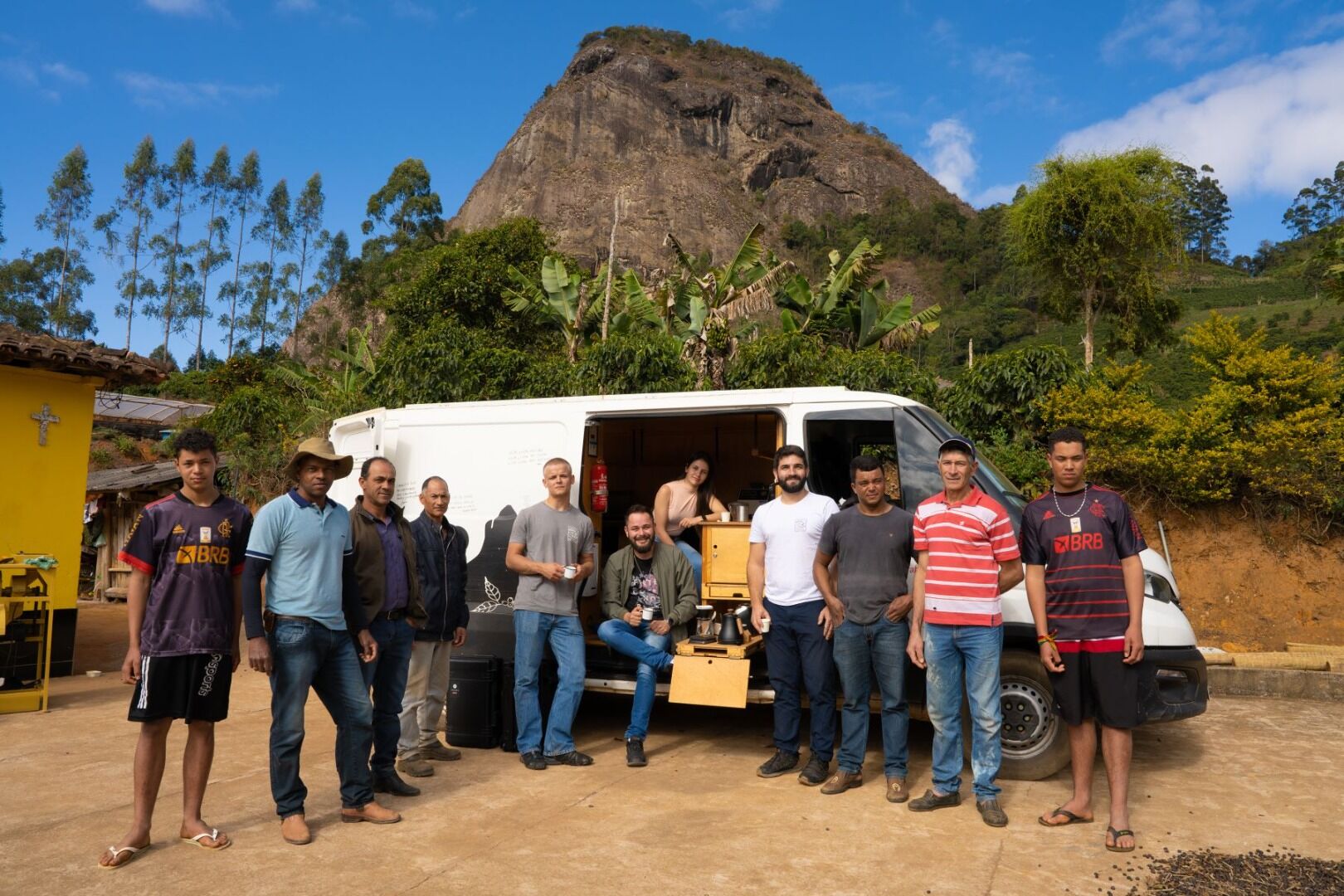
That's why you worked on the "Pulped natural" process, which we find in our Bobilon coffee, a blend of conilon and red catuai?
With the strong influence of maritime humidity and a less stable climate than in other regions, such as Minas and São Paulo, we find it more difficult to produce natural coffees.
That's why we developed the pulped natural process. Twenty years ago, we had much higher rainfall and lower average annual temperatures. As I said, the coffees were already mouldy on the tree, or became so during the drying process. The solution was to pulp the cherries so that they no longer became mouldy during drying.
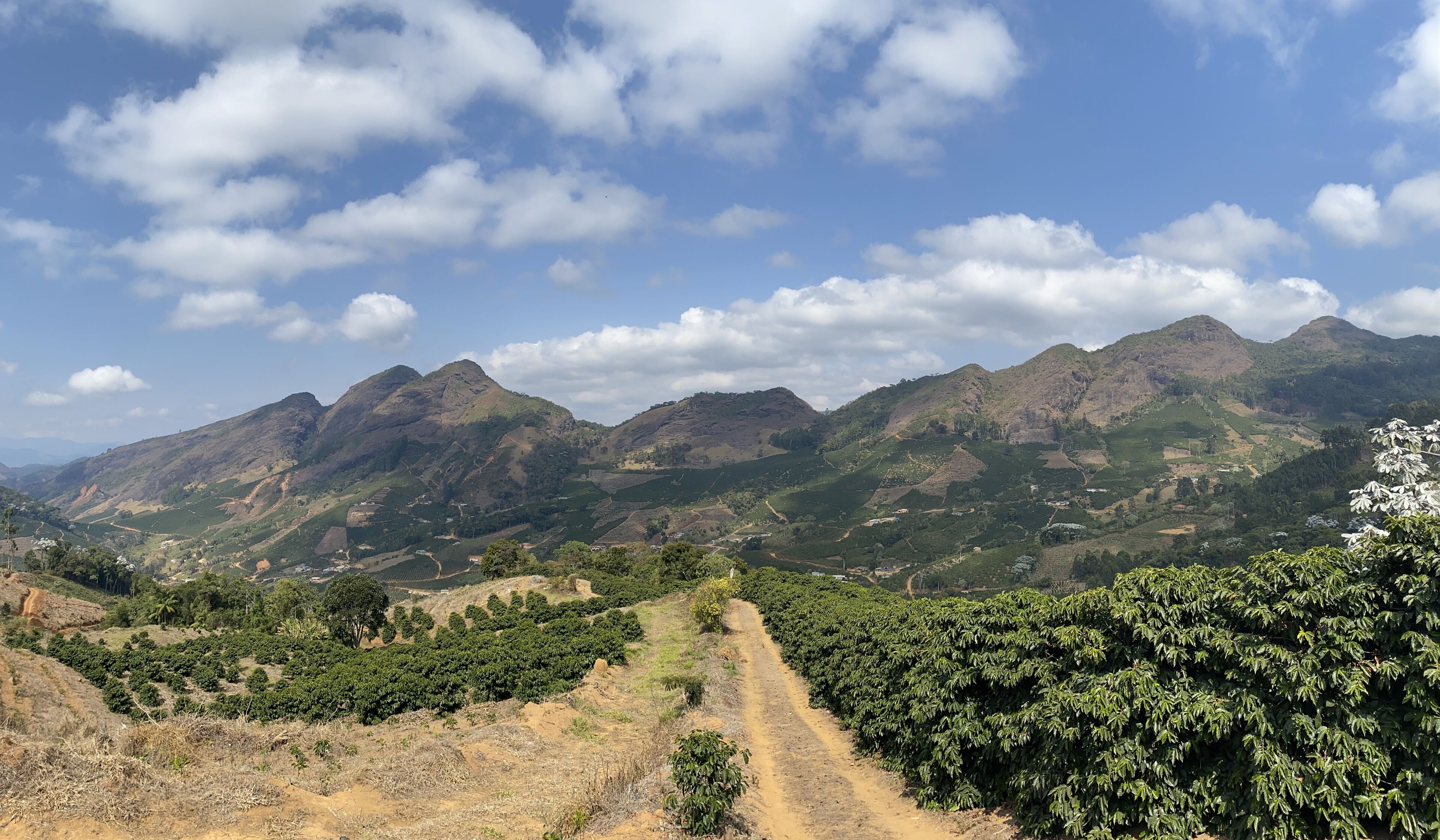
Another project that has changed coffee production in the region is Lado a Lado. Can you tell me about it?
The idea behind Lado a Lado is to create a large network with all the players in the chain. As part of Lado a Lado, we have 30 coffee producers who taste their coffees directly with roasters from all over the world. That's why the project is called Lado a Lado, which means “side by side” in English.
We've transformed a van into a mobile laboratory that can travel up to 300 km to meet and serve communities and producers who don't have direct access to markets, who don't have direct feedbacks to add value to their production.
The idea is to include many producers in regions where access to technology, information, and market, is limited. They must have the same opportunity as other less isolated producers to understand how to produce better quality coffee, or to discover that they are already producing quality coffee.
We are in direct contact with the producers, tasting their coffees and exchanging ideas to improve quality. This has led to a much greater commitment from the whole community.
How does this differ from the traditional model?
In the traditional model, producers send samples of their batches to the exporter labs and wait for the results. This can take days. With Lado a Lado, the entire laboratory structure can be transported directly to the producer, where they can be shown each stage of the process and, of course, taste each cup together and discuss the sensory results.
Together with the team, we invite the producers to become more involved in the sensory evaluation process of their batches to give them a more professional view. The families select the samples produced and take part in the tasting and scoring, which is something entirely new for them.
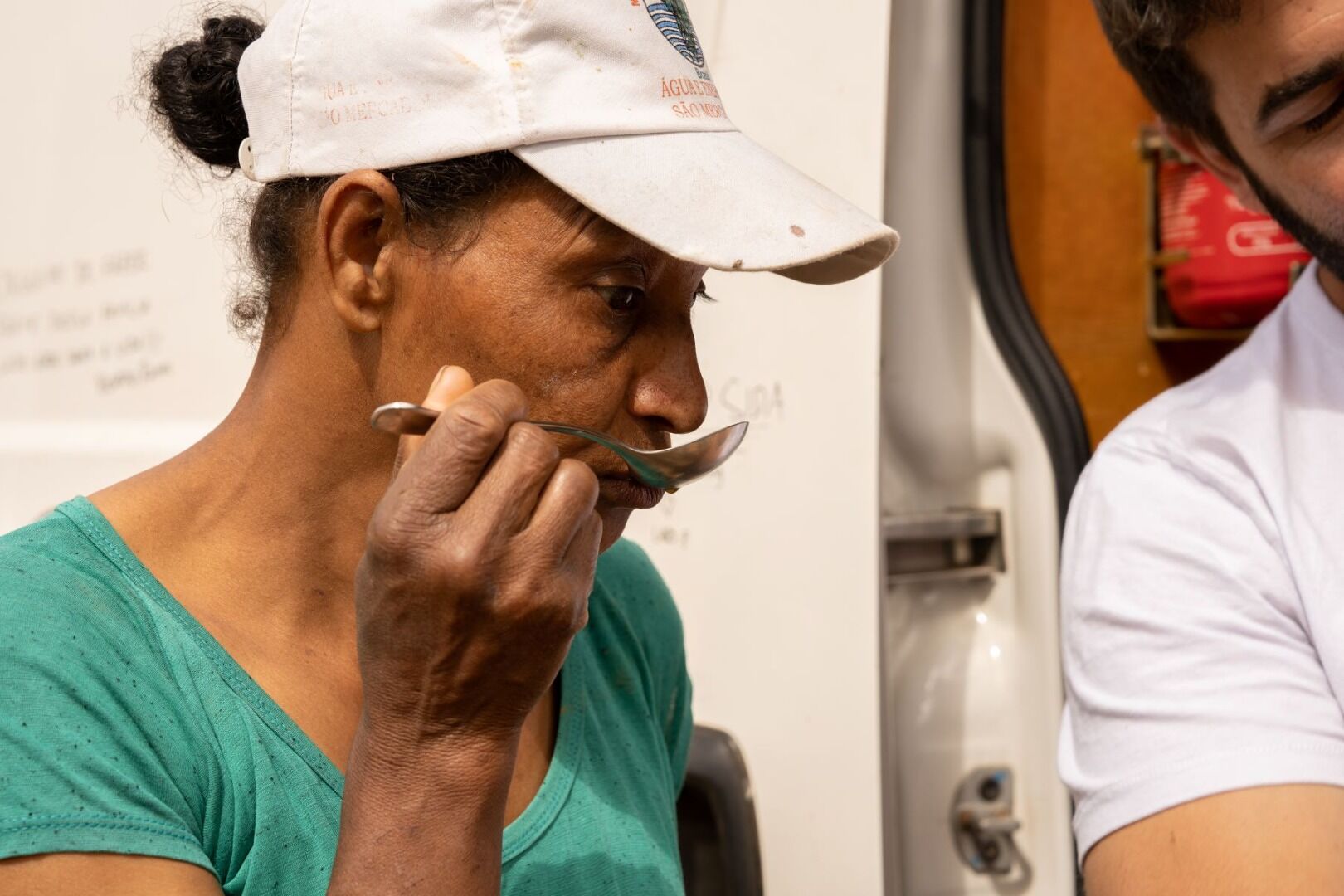
Is this a continuation of the Bob-o-Link project?
The idea behind Bob-O-Link is to learn how to produce quality coffee that is more sustainable.
This project raises awareness among coffee producers so that they can be more responsible. Among other things, we show them how to plant trees, stop using glyphosate and create plant cover to conserve moisture and develop biodiversity.
And nothing is more effective than showing the way for them to plant more trees in their coffee plantations. This helps to develop biodiversity, provide shade for the coffee trees and move away from intensive monoculture.
This whole process is validated on our model farm, Fazenda Ambiental Fortaleza, so that we can share the practices that really work with producers.
What do you like best about your job at FAF?
Without a doubt, it's the relationships we create with the producer families. They generate strong links beyond the company, and that's the most important thing for me. The impact we leave behind, with these projects, is very gratifying!
Did you like this article? Share it with your community:
